Protect product integrity and your brand with a complete portfolio of air filtration products for sensitive bottled beverage processing – for extended shelf life and a better consumer experience.
Consumers today are demanding more bottled beverages. Health-conscious consumers are also demanding more organic drinks that promote good health. And the beverage industry, with good reason, is strictly regulated. Bottlers and brand owners must avoid the risks of potential contamination at production facilities to protect public health.
In aseptic processing and packaging, a sterile product is filled into sterilized containers followed by hermetical sealing with a sterilized closure, in an environment free from microorganisms. So whether you’re bottling water, fresh juices or energy drinks, you are dealing with a sensitive aseptic process along with a high-moisture environment.
All filling lines should not demonstrate viable presence of organisms on or in the bottle during filling and capping. The conveying line should be under HEPA filtration to protect the open product from any contaminants that may be present during the bottling process.
Outdoor air can carry up to 1,500 bacteria per cubic yard. So, even a small HVAC system with a capacity of 6,000 CFM can potentially take in up to 15 million bacteria every hour! This can seriously contaminate your beverage production.
When public health is at stake, national food health and safety agencies can recommend that the authorities enforce health policy measures. These can include the withdrawal and destruction of raw materials or products, or even a temporary shutdown of the negligent company’s production plant.

Dust collectors safely handle exhaust air from food processing and packaging applications, therefore improving the IAQ, preventing cross-contamination and reducing the nuisance dust in the workplace.
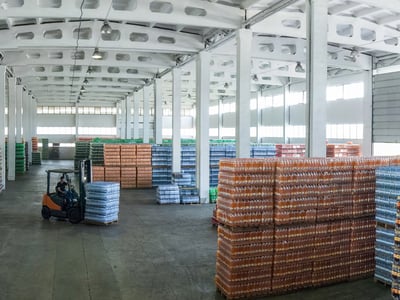
Low-care areas include areas where production and product handling do not occur. Camfil recommends products that adhere to EN 16798 to best protect the health of your building occupants. For office spaces, dispatch areas.
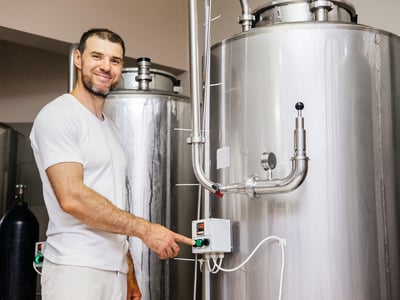
In high-care areas, you need to protect equipment or minimize contamination before products enter a high-hygiene area. Here, you need high airflow and positive pressure environments. For ready-to-consume production.
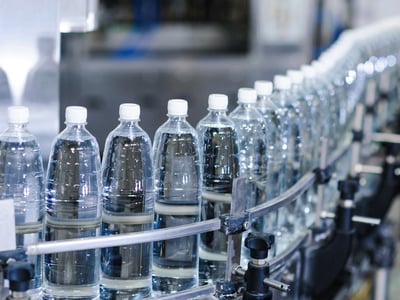
In high-hygiene areas, products requiring the highest hygiene levels undergo final processing and packaging. Here, you need the highest air quality to effectively eliminate all contamination hazards during aseptic filling.
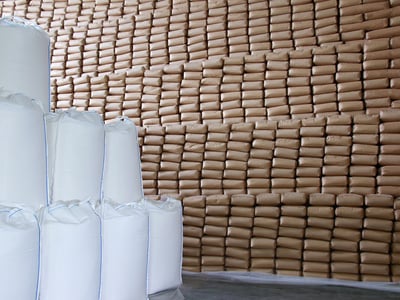
Medium-care areas, where raw material is stored, need to be kept clean to protect against product contamination. These areas include changing/gowning areas, packaging, warehousing, and plant entrances.
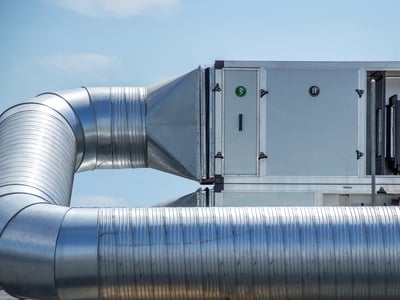
High air quality is crucial for product quality and safety in food and beverage production. The hygiene zones where the AHU operates should determine which AHU products are chosen.